 您的购物车当前为空
您的购物车当前为空
蛋白质
蛋白质标记能够对蛋白质存在、位置及功能进行全面的分析。
- Alexa fluor 647 NHS esterAF 647 NHS esterT856221620475-28-6Alexa fluor 647 NHS ester (L-5-Hydroxytryptophan-d3)是一种光稳定的远红外荧光染料,用于成像和流式细胞分析中稳定信号的生成,可用于标记蛋白、胺修饰的寡核苷酸和其他含胺分子的伯胺。
- ¥ 2970
规格数量
- Cy5.5Sulfo-Cy5.5, Cyanine 5.5TD0091210892-23-2Cy5.5 (Cyanine 5.5) 是一种发近红外(NIR)荧光的花青素荧光染料,常应用于小动物活体体内成像。 Cy5.5可以用来标记蛋白,抗体,多肽,核酸分子,纳米粒等化合物。
- ¥ 653
规格数量 客户已引用
客户已引用 - CY5-SESulfo-Cyanine5 Succinimidyl Ester, Cy5 NHS EsterT18949146368-14-1CY5-SE (Cy5 NHS Ester) 是用于标记肽、蛋白质和核苷酸中的氨基的活性染料,需要避光保存。 激发波长 (nm): 640, 发射波长 (nm): 664。
- ¥ 505
规格数量
- CY5磺酸基-Cy5羧酸, Sulfo-Cyanine5T15025146368-11-8Cy5 (Sulfo-Cyanine5) 是一种花菁类染料,用于标记肽、蛋白质和寡核苷酸中的氨基。
- ¥ 382
规格数量 客户已引用
客户已引用 - CY7Sulfo-Cyanine7T18956943298-08-6CY7 (Sulfo-Cyanine7) 是一种荧光标记试剂 (Ex=750 nm,Em=773 nm)。Cyanine 染料可用于标记抗体,蛋白质,肽,寡聚核苷酸等。
- ¥ 528
规格数量 - Cyanine5 NHS ester chlorideCY5 琥珀酰亚胺酯氯化物T384321032678-42-4Cyanine5 NHS ester chloride 是一种具有红色荧光的活性染料,需要少量的有机共溶剂(如DMF 或DMSO)用于标记肽、蛋白质和寡核苷酸中的氨基。
- ¥ 653
规格数量 - CY7-SE Triethylamine (477908-53-5(free acid) )T18954LCY7-SE Triethylamine (477908-53-5(free acid) ) 是一种荧光标记剂(Ex=700-770 nm,Em=790 nm),用于标记蛋白质、肽、抗体和寡核苷酸。
- ¥ 287
规格数量 - 5(6)-FAM SE5(6)-羧基荧光素琥珀酰亚胺酯, 5(6)-Carboxyfluorescein N-hydroxysuccinimide esterT18895117548-22-85(6)-FAM SE (5(6)-Carboxyfluorescein N-hydroxysuccinimide ester) 是绿色荧光染料,普遍用于标记蛋白质。
- ¥ 347
规格数量 - Cy5-N3花菁染料5-叠氮, Sulfo-Cyanine5-azideT189421621101-43-6CY5-N3 (Sulfo-Cyanine5-azide) 是一种含有叠氮化物基团的花青素荧光染料。CY5-N3 用于细胞成像、组织成像和体内成像等。
- ¥ 1160
规格数量 - Sulfo-Cy5.5Sulfo-Cyanine 5.5, 210892-23-2TD0087Sulfo-Cy5.5是一种近红外荧光染料 (Ex=673 nm, Em=707 nm),可用于标记生物分子,如肽,蛋白质和寡核苷酸[2]。
- ¥ 653
规格数量 - CY5.5-COOHCyanine 5.5 carboxylic acid, Cy5.5T861241449612-07-0CY5.5-COOH (Cyanine 5.5 carboxylic acid) 是一种荧光染料,常用于生物成像、细胞成像、蛋白质定位和免疫染色。
- ¥ 412
规格数量 - Cy5-DSPECyanine5-DSPE, Cyanine5 DSPE, Cy5-磷脂T861272260669-68-7Cy5-DSPE(Cy5-磷脂)是一种结合了Cyanine 5(Cy5)荧光染料与1,2-二硬脂酰-sn-甘油-3-磷酸乙醇胺(DSPE)的脂质分子,拥有DSPE的细胞膜靶向性和Cy5的强荧光特性,常用于生物成像和药物递送研究。
- ¥ 840
规格数量 - Sulfo-Cy5 amine hydrochlorideSulfo-Cyanine5 amine hydrochloride, Sulfo-Cy5 amine hydrochloride(2183440-44-8 free base)T87459LSulfo-Cy5 amine hydrochloride (Sulfo-Cy5 amine hydrochloride) 是一种水溶性极高的 Cy5 染料,本身带电荷,可标记到生物分子表面后不会引发疏水性聚集,提高荧光标记产物的稳定性。
- ¥ 680
规格数量 - Dansyl chloride丹酰氯, 丹磺酰氯, DNSClT18967605-65-2Dansyl chloride (DNSC-l) 是一种能够在脂族和芳族胺与伯氨基反应,并产生稳定蓝色或蓝绿色荧光磺酰胺加合物的试剂,广泛用于修饰氨基酸、蛋白质测序和氨基酸分析。
- ¥ 215
规格数量 - Sulfo-Cy3磺基-Cy3 羧酸, Sulfo-Cyanine3, Cy3T18945146368-13-0Cy3 (Sulfo-Cyanine3) 是传统的蛋白质和核酸的橙色荧光标记物(λex=554, λem=568)。
- ¥ 473
规格数量 - Sulforhodamine B sodium salt磺酰罗丹明B, Kiton Red 620, Acid Red 52T190633520-42-1Sulforhodamine B sodium salt (Acid Red 52) 是一种能够定量测定培养细胞的细胞蛋白量的荧光染料,。
- ¥ 123
规格数量 客户已引用
客户已引用 - CY5 triethylamine saltCY5 triethylamine salt(146368-11-8 Free base)T15025LCY5 triethylamine salt 是一种水溶性染料,激发光波长(nm):649,发射波长(nm):670。
- ¥ 639
规格数量 客户已引用
客户已引用 - 5-FAM5-羧基荧光素, 5-CarboxyfluoresceinT1405076823-03-55-FAM (5-Carboxyfluorescein) 是一种绿色荧光探针(Ex/Em 为 490 nm/520 nm),可用于肽,蛋白质和核苷酸的标记。
- ¥ 343
规格数量 - Fluorescamine荧光胺, Ro 20-7234T1899038183-12-9Fluorescamine (Ro 20-7234) 是一种螺环化合物,其本身无荧光性质,但与初级胺反应后可形成荧光,因此可用于胺和肽的检测。
- ¥ 108
规格数量 - 5(6)-FITC异硫氰酸荧光素, Fluorescein isothiocyanate, Fluorescein 5(6)-isothiocyanateT1889627072-45-35(6)-FITC(Fluorescein isothiocyanate)是一种多功能的氨基反应性荧光素染料衍生物。它作为一种有效的标签用于抗体和其他探针,在荧光显微镜检查、流式细胞术以及基于免疫荧光的检测如ELISA和Western blotting中具有实用价值。
- ¥ 298
规格数量 客户已引用
客户已引用 - DBCO-Cy3DBCO-Sulfo-Cy3T189691782950-79-1DBCO-Cy3 (DBCO-Sulfo-Cy3)是一种修饰的Cyanine3和橙红色荧光染料,可与叠氮基团发生SPAAC的点击化学反应,激发波长和发射波长分别为555 nm和580 nm,广泛应用于生物化学实验。
- ¥ 1720
规格数量 - CY5-SE triethylamine saltFluorolink Cy5 triethanolamine salt, Cy5-SE (triethylamine salt)T88361497420-70-8CY5-SE triethylamine salt (Fluorolink Cy5 triethanolamine salt) 是一种用于标记肽, 蛋白质, 寡核苷酸的氨基基团的反应染料 (Ex=649 nm; Em=670 nm)。
- ¥ 495
规格数量









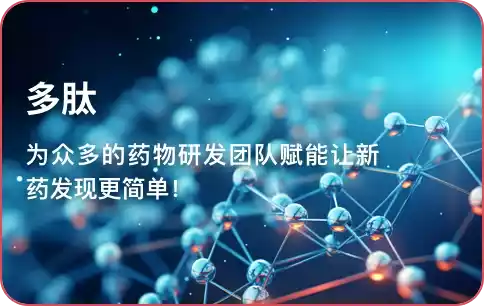



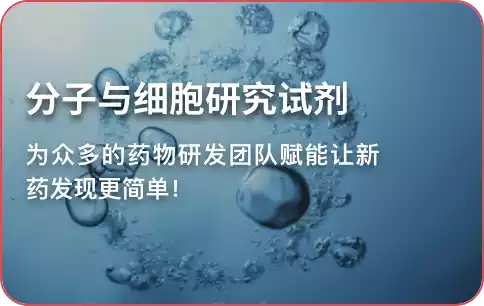
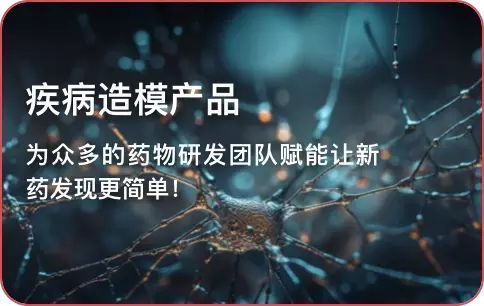




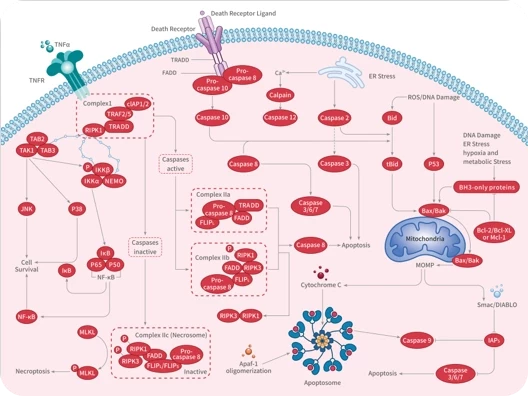
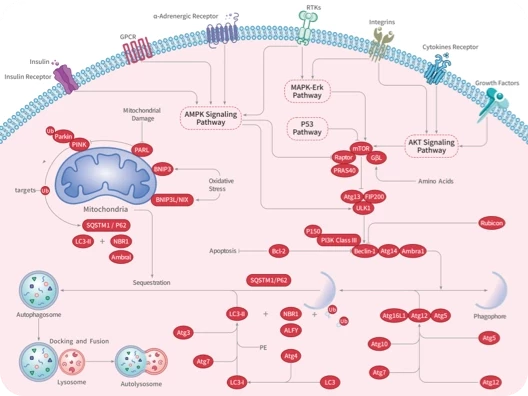

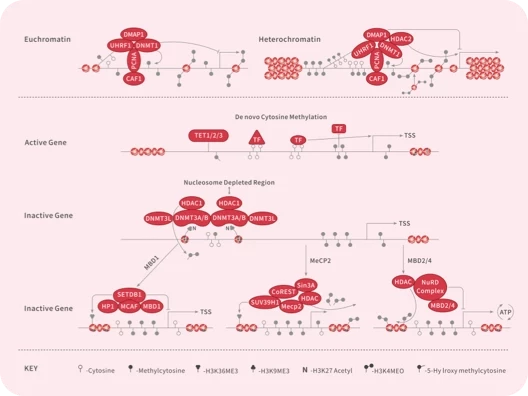
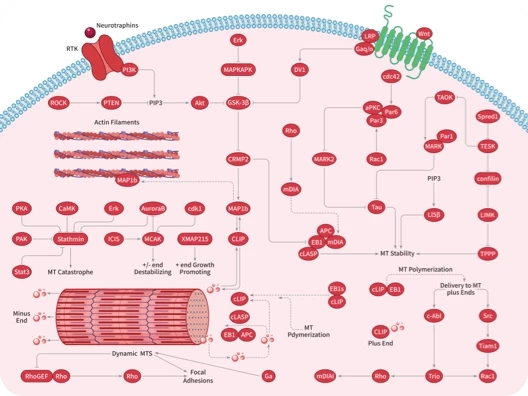
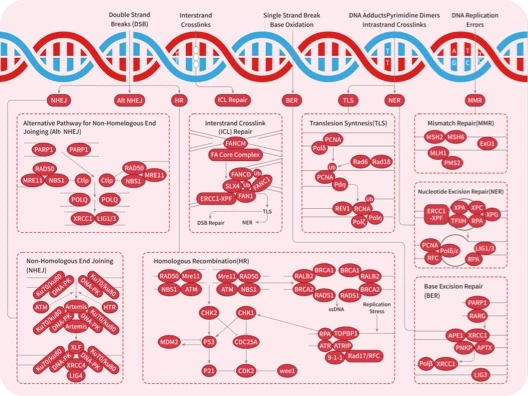
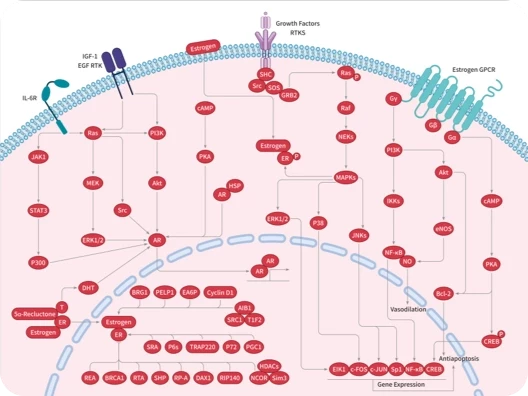
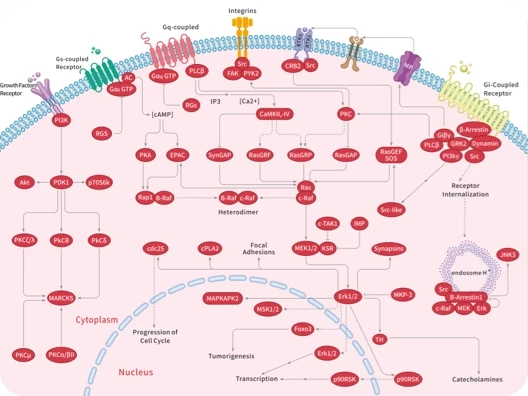
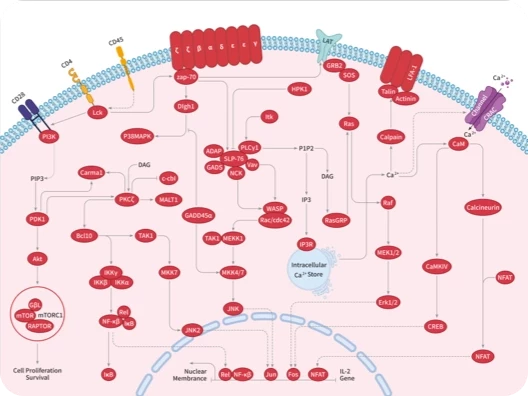
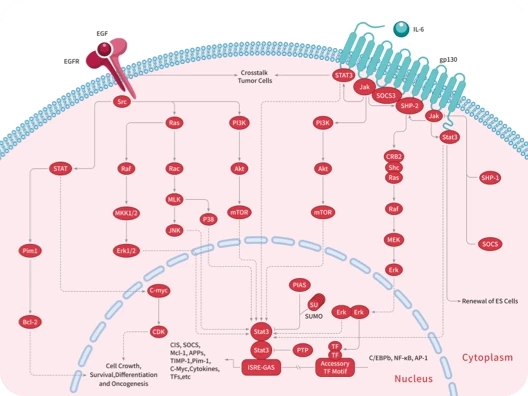
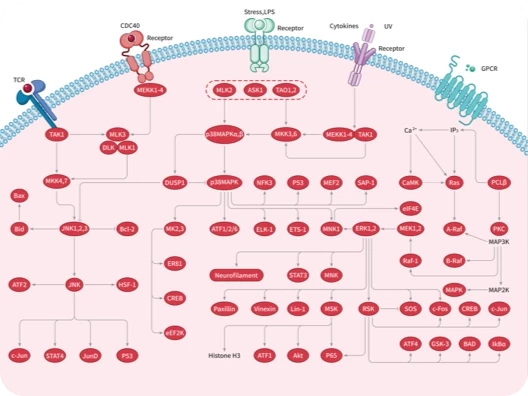
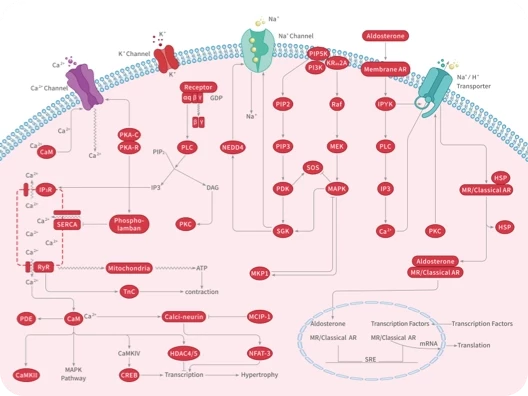
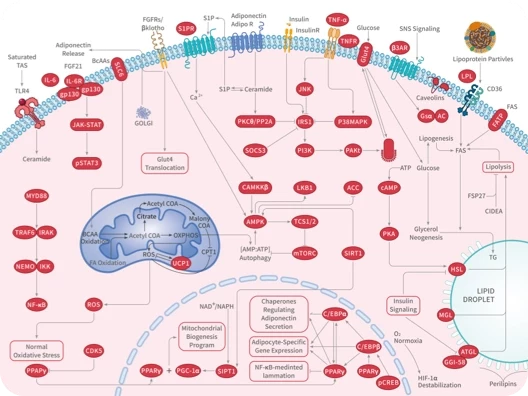
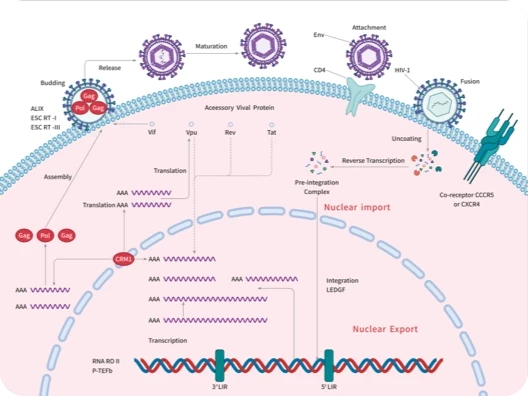


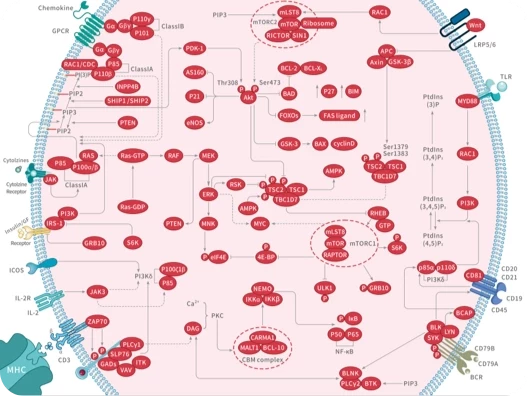
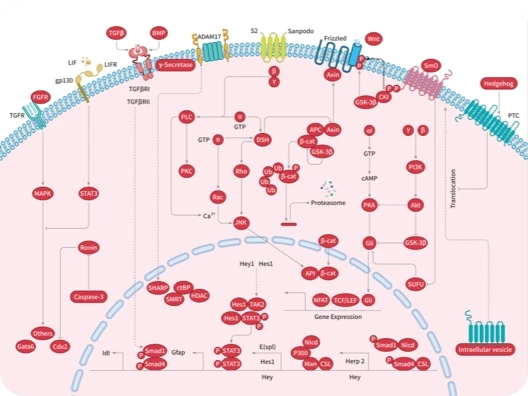

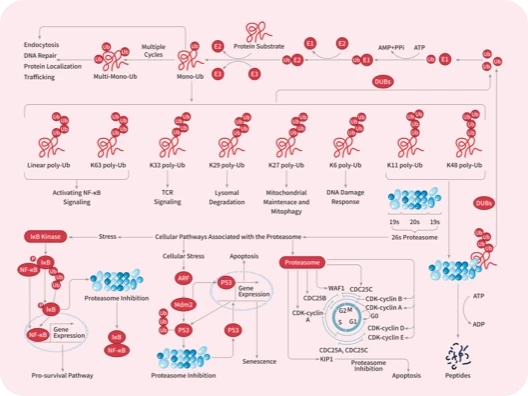

 |
|